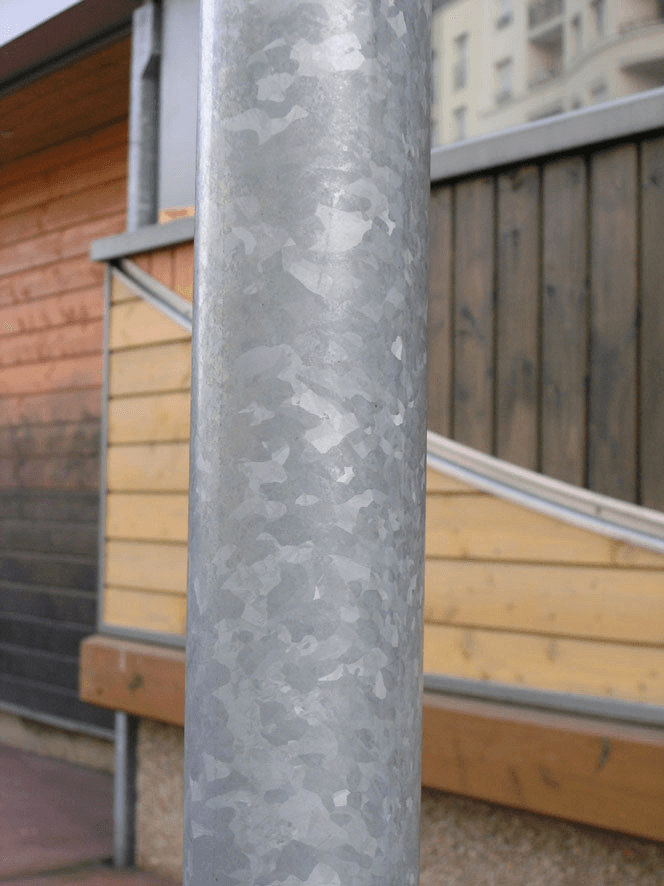Rusting And Factors Affecting Rusting - Class 7 PDF Download
Ref: https://edurev.in/question/687449/Needed-a-Document-for-what-is-rusting-Related-Chapter-Notes-2-Chapter-6-Physical-Chemical-Changes-S
What is Rust?
When iron is exposed to water or air over a period of time, the iron reacts with oxygen in the presence of moisture to form a reddish-brown chemical compound, iron oxide. This is referred to as rust. So chemically, rust is hydrated iron(III) oxide or Fe2O3.nH2O. The chemical equation for the same is given by:
4Fe(OH)2 + O2 + xH2O → 2Fe2O3.(x+4)H2O
Iron reacts very readily with oxygen. This is one of the reasons as to why it is rare to find pure iron in nature.
Factors Affecting Rusting
There are several factors that assist and accelerate the process of rusting. Some of them are:
- Moisture: Iron exposed to rains is the most common reason.
- Acid: It accelerates rusting. When exposed to acid rains, iron rusts faster. On the other hand, alkalis inhibit rusting.
- Salt: Iron tends to rust faster in sea, due to the presence of salt.
- Impurity: Pure iron rusts slower than the iron mass which contains a mixture of metals.
Why Rust Prevention?
Rusting makes iron flaky and friable and decreases its intended usage period. The strength, appearance and permeability degrade which leaves the rusted iron useless. A considerable amount of damage is done by rusting every year, which includes damaging of cars, grills, buses, railings, sinking of ships, falling of bridges, deterioration of statues, etc. Huge sums of money is spent for the replacement and repair of these damages. Thus, it is important to take steps to prevent iron from getting rusted.
Preventive Measures
As we have seen earlier, the prime cause of rusting is the exposure of iron to water and air. So, if we don’t let the surface of iron to come in direct contact with them, we can prevent rusting. Some effective measures used to prevent rusting are:
- Coating and painting: Iron surface is often painted with the coatings of varnish or paint to isolate it from the environment. Window grills, bodies of automobiles, iron bridges and rails are painted regularly to protect them from rusting.
- Applying a layer of grease: Grease or a layer of oil is also applied to iron surfaces, primarily on machines and industry tools. This serves dual purpose of a lubricant reducing friction as well as rust prevention.
- Galvanisation: It is a process of depositing a thin layer of a non-reactive metal like zinc on the surface of iron. This metallic layer prevents the iron to come in contact with air and moisture. Buckets, drums, roofs, pipes etc. are galvanized to prevent rusting.

Galvanisation of Iron
FAQs on Rusting And Factors Affecting Rusting - Class 7
| 1. What is rusting and how does it occur? |  |
| 2. What are the factors that affect the rusting of iron or steel? |  |
| 3. How can rusting be prevented? |  |
| 4. Can rusting occur in the absence of oxygen? |  |
| 5. Does rust affect the structural integrity of iron or steel? |  |

|
Explore Courses for Class 7 exam
|

|

















